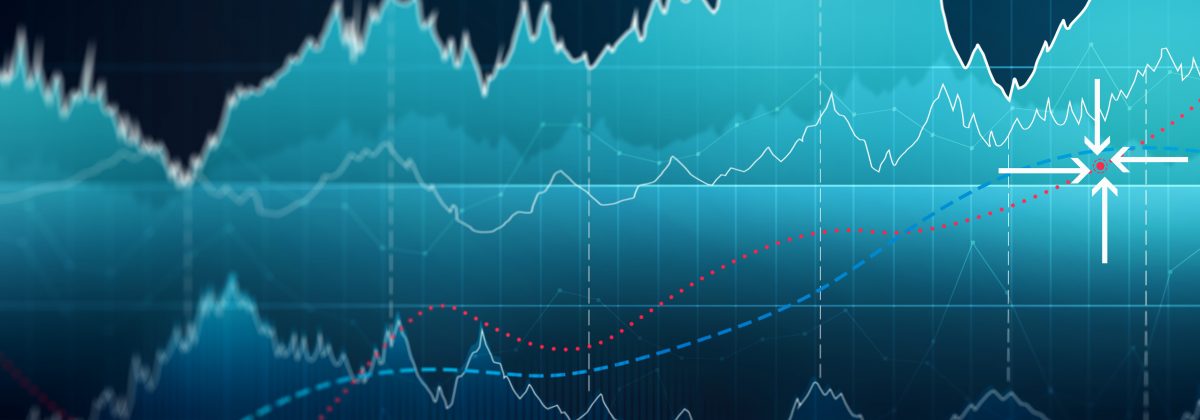Is the VIX a Useful Indicator?

Fear and greed are quite common emotions amongst traders, making volatility an important feature of the forex markets. The measurement of volatility, with the help of various indicators, enables traders to know the overall turbulence associated with a particular stock, index or currency pair, thereby helping them identify profitable trading opportunities.
Increased volatility could also be due to changes in the economy of a country or a change in the political situation. While there are many indicators for judging market volatility, VIX, the symbol for the Chicago Board Options Exchange’s volatility index, is one of the most widely used by options traders. Here’s a closer look at this indicator and its usefulness.
Understanding VIX: Measurement of Fear or Complacency
VIX is a measure of the level of implied volatility and not historical or statistical volatility of a wide range of options, based on the S&P500. This indicator is also called the investor fear gauge, since it reflects investors’ predictions about near-term market volatility or risk.
The VIX does not represent the sentiment or fear perception of one person. It is the result of millions of transactions by traders all across the world. So, what is Implied Volatility? This is the level of volatility expected or implied by the options markets; and if it is high, the premium on options is high and vice versa. The buyers and sellers move the option prices, with premiums being higher when the number of buyers increases. Similarly, more sellers lead to the premiums going down.
The VIX takes the weighted average of all these options prices in the S&P500 index and gives a general idea about whether investors are paying more or less for the right to buy or sell the S&P500 index.
In general, VIX rises during times of financial stress and declines when investors are more assured. Historically, a VIX level of below 20 means the market is forecasting a rather healthy and low risk environment. But, if the level falls too low, it reflects the complacency of traders and is dangerous, implying that everyone is bullish. And, if the VIX rises to above 20, it means fear is entering into the market and the forecast is for a higher risk environment.
Ways to Use VIX
Many traders use VIX as a contrary opinion tools to pinpoint market tops and bottoms on a medium-term basis. They either look at the actual level of the VIX, to determine its implications, or look at ratios, comparing the current VIX level to its long-term moving average. This second method of de-trending helps to remove the long-term trends in the VIX, providing a more stable reading.
The appropriate way to use VIX is to look at its value relative to its 10-day moving average and the higher it is above the average, the greater the likelihood that the market is too fearful and a rally is near. Similarly, the lower the current VIX level is below its 10-day moving average, the more the market is complacent and likely to move sideways to down in the near future.
So, although VIX is a helpful tool, since it gives a current and accurate measure of where the options premium is trading, it may not be quite accurate in its current or forecast measurement of the S&P500’s volatility. It is driven more by perception and human fear and greed, rather than any other force. So, rather than following the absolute numbers for VIX, traders should look at the current levels of VIX in relation to the recent levels.
Disclaimer
If you liked this educational article please consult our Risk Disclosure Notice before starting to trade. Trading leveraged products involves a high level of risk. You may lose more than your invested capital.




